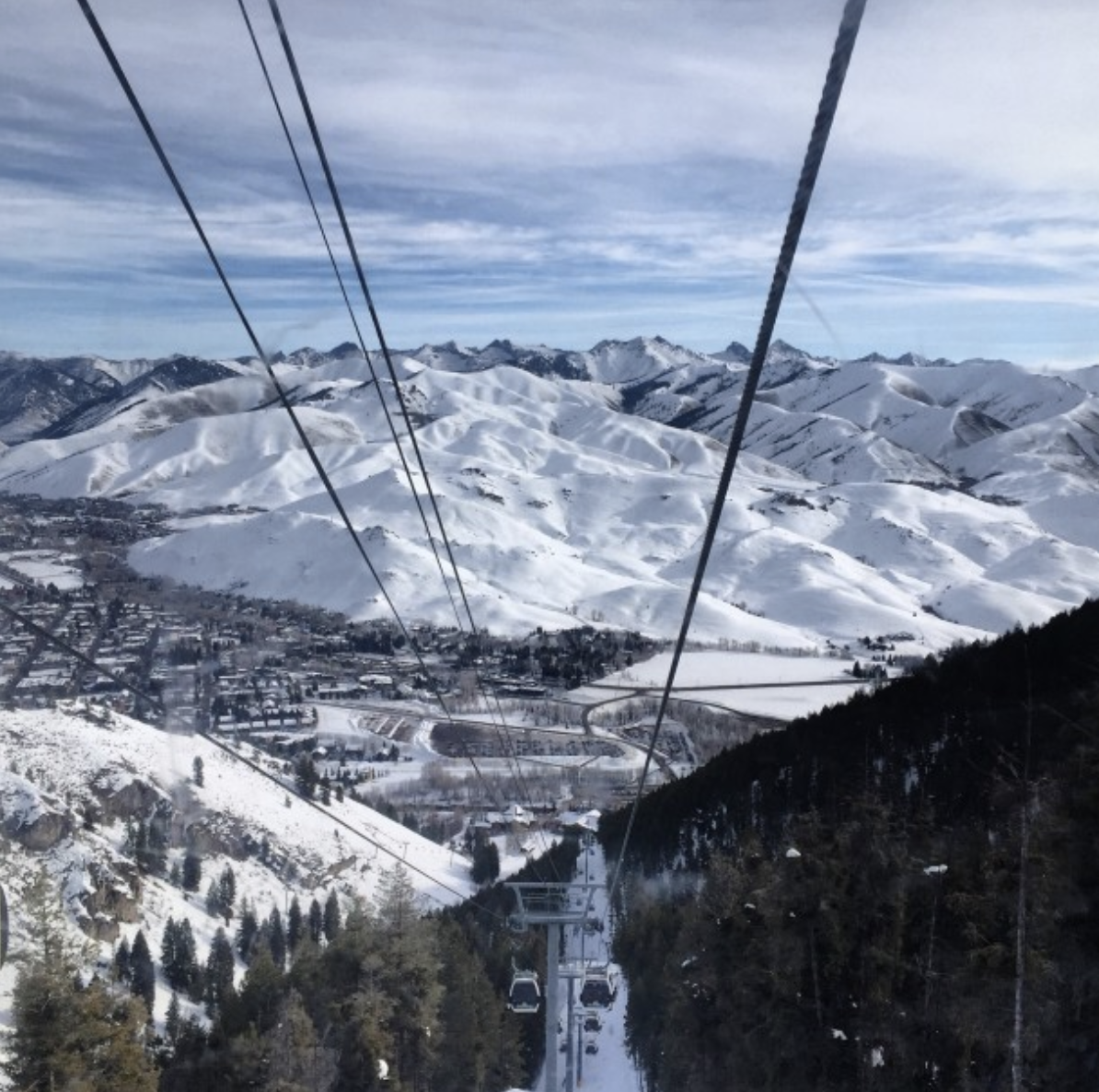You’re right, it hasn’t started snowing yet, but indeed, winter is coming and that means it’s a great time for our general aviation community to brush up on winter operations.
Its hard to believe it’s been four years since the Federal Aviation Administration required all federally-obligated airports nationwide, including SUN, to implement and use new procedures for reporting runway conditions whenever the runway is not dry.
These new procedures, known as the Takeoff and Landing Performance Assessment (TALPA), became a reality on Oct. 1, 2016. They were designed by the FAA to increase safety and reduce the risk of runway overruns by creating a standardized method to report and describe runway conditions. This information, along with aircraft-specific performance data helps pilots, airplane operators and flight planners calculate the distance required to stop a particular aircraft on a wet or “contaminated” runway.
Like other airports, SUN uses a tool called RCAM, which is short for Runway Condition Assessment Matrix. The RCAM, also developed by the FAA, assigns numerical “condition” codes to each third of each end of the runway. This condition code, along with other information such as braking action is then made available to airmen through official NOTAMS.
To help you get started on your refresher, we have included some information from our friends at NBAA, the National Business Aviation Association.
So please, before the first flakes fly and ski season opens, make sure you’re up to speed on how to slow your speed on contaminated runways.
NBAA Runway Condition Assessment Matrix Reference Card (PDF): https://nbaa.org/wp-content/uploads/2018/05/NBAA-TALPA-Quick-Reference-Card-2018.pdf
NBAA Runway Condition Reporting and Braking Action Advisories (Video): https://www.youtube.com/watch?v=JAOY6svRm34&feature=youtu.be


